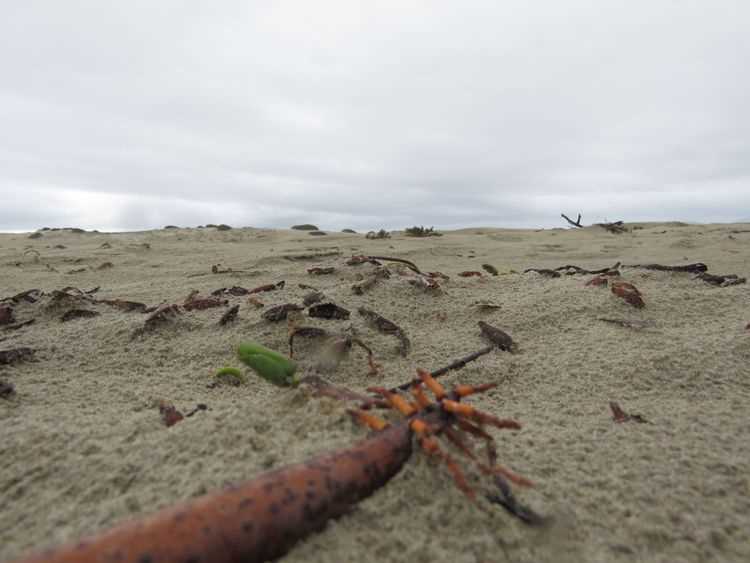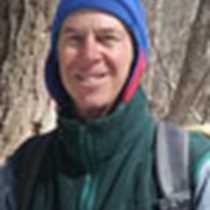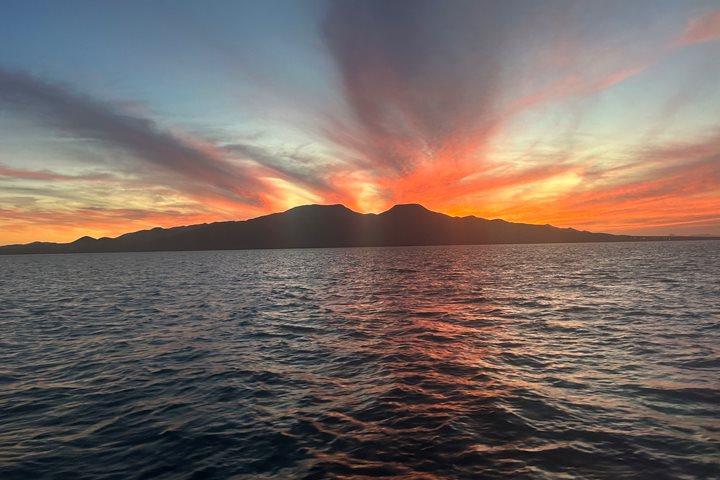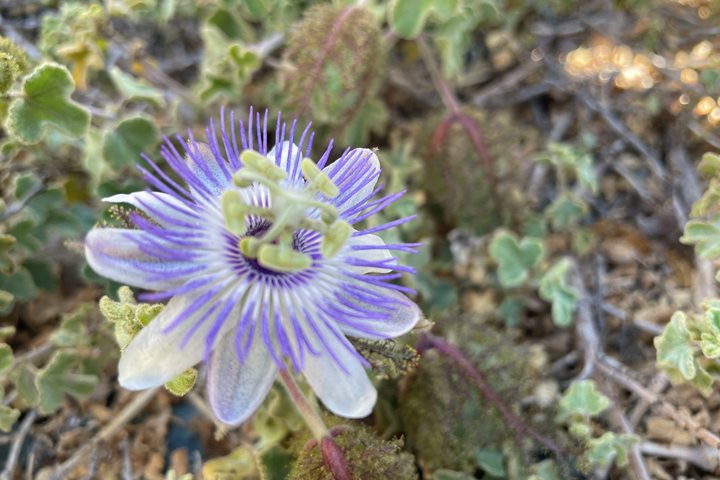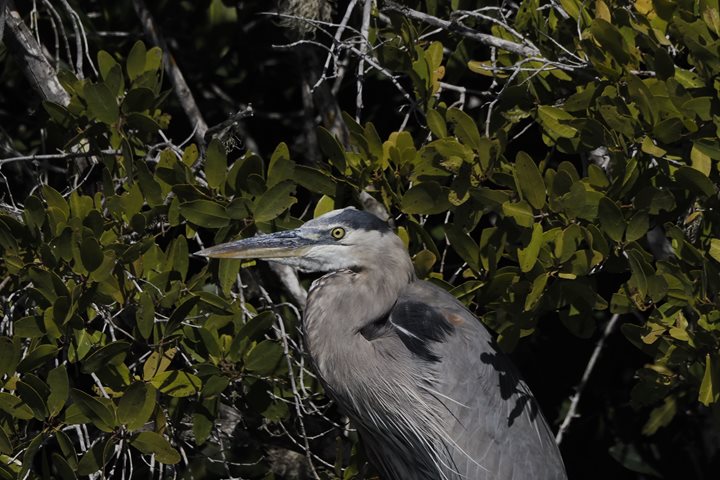This morning begins with rain on the decks of National Geographic Sea Lion and in the desert. This portion of the Baja Peninsula normally receives its meager rainfall from summer monsoon and hurricane episodes, but today a winter system from the northwest has pushed into the region and we find ourselves in the midst of an anomaly. A sage expedition leader once shared this bit of wisdom: there is no such thing as bad weather, only bad gear. And so we don our gear to walk in the dunes of Sand Dollar Beach and soak in the beauty of the landscape as the plants soak up this unexpected gift of moisture. The afternoon minus tide exposes large areas of mud flats and sandbars amongst the mangroves in the Hull Canal making for a great session of bird watching in the second part of our day. The first blows of the gray whales cap our day and fill all with anticipation for tomorrow.
- Daily Expedition Reports
- 08 Mar 2020
Sand Dollar Beach, 3/8/2020, National Geographic Sea Lion
- Aboard the National Geographic Sea Lion
- Baja California
Daniel Baldwin, Naturalist
An educator at heart, Dan finds great joy in helping others explore and connect with the world around them. He has taught marine sciences in the Florida Keys and on Catalina Island, science and math in international schools in Mexico, Costa Rica, and ...
Read MoreShare Report
Baja California: Observing the Whales of Magdalena Bay
VIEW ITINERARYRelated Reports
3/15/2025
Read
National Geographic Sea Bird
Puerto Magdalena
Walks in the desert can hold a plethora of surprises, and today was no exception. From clusters of scarlet Palo Adan flowers, the gems of the morning, to purple and white striped passion flowers. The numerous fruits on the vine attested to a series of flowers earlier this month. A diminutive bird, the verdin, was also interested in the Palo Adan flowers. The verdin’s short beak cannot reach the nectar, so this bird approaches the base of the flower, nips it open, and takes a nectar reward; pollination of the flower is thwarted in this thievery. The exoskeleton of a tarantula was found under the scrub, an indication of a spider that has molted and grown a bit bigger. At the end of the trail, we were all rewarded with a magnificent view of the Pacific Ocean. Good things come to those who venture outdoors.
3/14/2025
Read
National Geographic Sea Bird
Boca de la Soledad
Today we woke up in the northernmost part of Magdalena Bay. In the morning, we went whale watching at Boca de la Soledad, where we came across a mother and calf. Later, we went to Estero Chivo at high tide, where we observed a variety of birds. We were particularly interested in the numerous shorebirds, egrets, and herons. We raised anchor to continue our day. While transiting Hull Canal, we spotted bow-riding bottlenose dolphins. National Geographic Sea Bird set anchor in front of Magdalena Island. The wind was blowing, causing the dunes to come alive. After walking among dunes and desert plants, we arrived at the Pacific coast of Magdalena Island. We enjoyed walking along the beach and observing various shells, snails, and sand dollars. In the distance, we spotted the carcass of a beached gray whale and contemplated both life and death. These animals begin their lives on the coast of Mexico, and their cycle also ends here.

